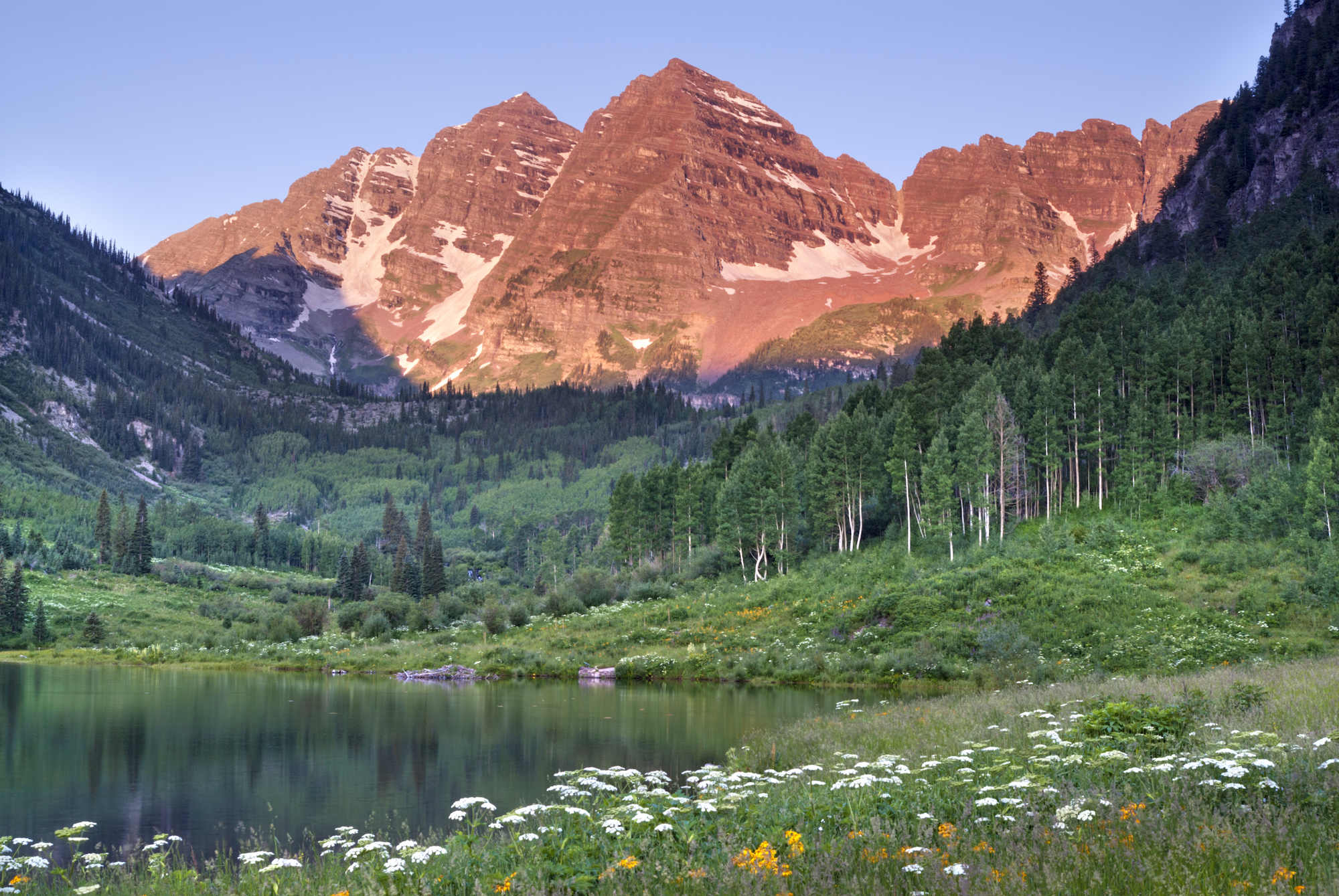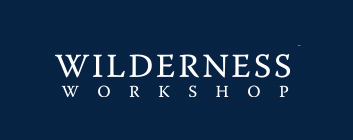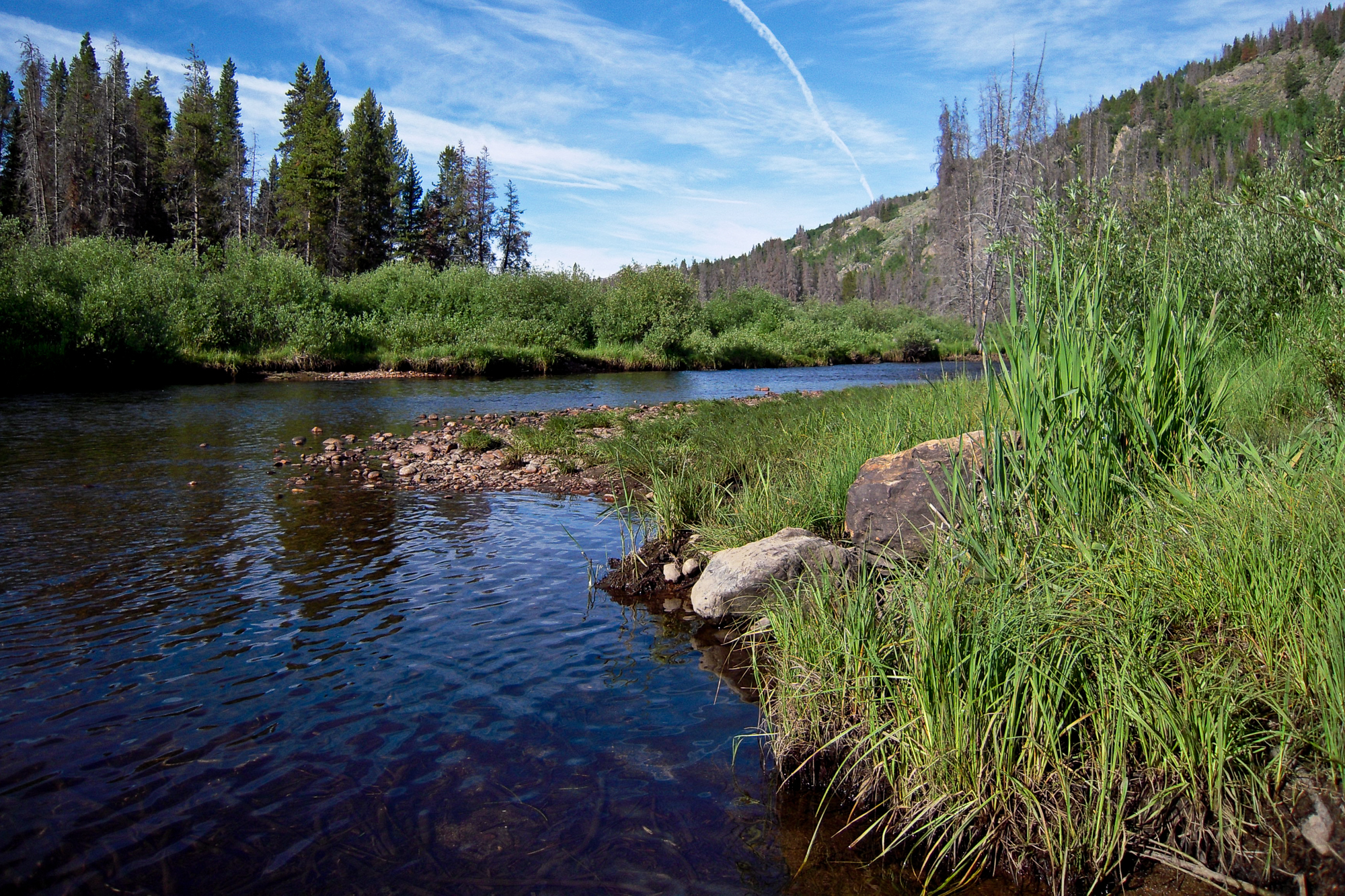Wilderness is the gold standard of public land protection in the US.
Passed in 1964, the Wilderness Act is perhaps best known for this line: “A wilderness, in contrast with those areas where man and his own works dominate the landscape, is hereby recognized as an area where the earth and its community of life are untrammeled by man, where man himself is a visitor who does not remain.”
This federal legislation (Wilderness can only be designated by Congress) initially protected 9.1 million acres of public lands and created the National Wilderness Preservation System (NWPS). Today, the NWPS totals 757 areas encompassing 109.5 million acres of federally owned land in 44 states and Puerto Rico (5% of the land in the United States).

The Maroon Bells-Snowmass Wilderness was part of the 1964 Wilderness Act. WW's founders would later double its size. Photo courtesy Jon Mullen/Ecostock.
WW was founded with the goal of using the Wilderness Act to protect public lands and our founders – Dottie, Connie, and Joy – along with other activists secured designation for the Hunter-Fryingpan, Collegiate Peaks, Mt. Massive, and Raggeds Wilderness Areas and doubled the size of the Maroon Bells-Snowmass Wilderness Area. Their efforts protected nearly a half-million acres of new wilderness in the White River National Forest and began a still-running Wilderness Monitoring program with the Aspen Ranger District in 1984.
Key to creating new Wilderness is inventorying and defending wilderness-quality lands until they can be officially designated by Congress. WW has a long history of conducting wilderness inventories; our efforts as part of the 2002 White River National Forest’s Forest Plan Revision, and starting in 2007, the Hidden Gems Campaign, would identify over 400,000 acres in the White River, the Gunnison National Forest, and nearby Bureau of Land Management (BLM) lands eligible for Wilderness designation. This work is ongoing and through field inventories, we advocate for and achieve both interim administrative protections as well as Congressional action to permanently protect new wilderness.
Current Projects
We steward and protect existing Wilderness areas. This includes restoration and stewardship projects in Wilderness Areas (which are part of our summer events), and fighting proposed projects that would negatively impact Wilderness and public lands, such as the potential dam and reservoir in the Homestake Valley. Our stewardship and restoration programs are designed to serve a wide range of our community and we work directly with land managers to restore and improve wild places in important landscapes. Some examples from past years include building beaver dam analogues, restoring wetlands, revegetating illegal trails and more.
We inventory and advocate for new Wilderness and wildlands protections. WW and our partners like the Colorado Wildlands Project conduct inventories of Wilderness Study Areas (WSAs) and Lands with Wilderness Characteristics (LWCs) on BLM land, and Recommended Wilderness on Forest Service land deserving of wilderness protection. Inventories include documenting the state of roads (or lack thereof), water quality, opportunities for solitude, the different ways people use those spaces for primitive recreation, and more. These inventories help inform dialogues and comments with land managers to advocate for the protections these special places deserve
We initiate, run, and support campaigns for federal legislation that creates new Wilderness. Currently, this includes the Colorado Outdoor Recreation and Economy (CORE) Act and the draft Gunnison Outdoor Resources Protection (GORP) Act. These bills almost always include other public lands protections (special management areas, mineral withdrawals, etc.) to protect even more lands that cannot sustain a Wilderness designation. In 2024, we cofounded, and helped launch, the National Wilderness Coalition. The group is composed of over 25 different conservation organizations from across the country that believe that wilderness is essential and a critical conservation tool for shaping a wilder and healthier future for all. The coalition works to reinvigorate a diverse and powerful wilderness movement to build power in D.C. with the goal of passing more wilderness bills.


